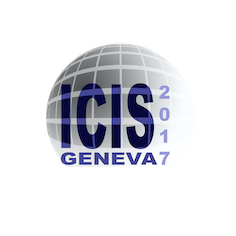Speaker
Description
Neutron tomography is one of the most exciting recent achievements of nuclear physics. It opens up opportunities for a wide range of various microscopic studies of physical, chemical and biological objects. It is of note that neutron tomography requires dedicated neutron sources, i.e. paraxial sources with low angle spread. The only sources now able to deliver required neutron beams with sufficient intensity are nuclear reactors and large-scale accelerators in pair with collimators. The use of point-like neutron sources based on laser plasma induced by focusing of powerful femtosecond laser radiation onto a neutron-producing target was proposed lately. It is of note that isotropic neutron flux from a point-like source with angular spread accuracy determined by its size seems to be useful for neutron tomography. High resolution comparable to one obtained with collimated neutron beams may be derived from a source of small size.
A possibility of compact powerful point-like neutron source creation is discussed. The yield of the source based on deuterium-deuterium (D-D) reaction is estimated on the level of $10^{11} s^{-1}$ ($10^{13} s^{-1}$ for deuterium-tritium reaction). The fusion takes place while bombardment of deuterium- (or tritium) loaded target by high-current focused (about 100 micron) deuterium ion beam with energy of 100 keV. The ion beam is formed by means of high-current quasi-gasdynamic ion source of a new generation based on an electron cyclotron resonance (ECR) discharge in an open magnetic trap sustained by powerful millimeter wave radiation. The prospects of using proposed generator for neutron tomography are discussed.
